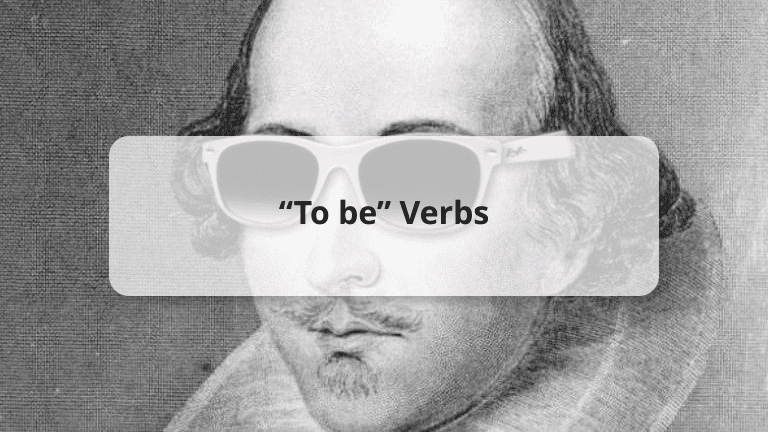“To be” verbs change almost more than any other verb, with all of its complexities, it’s still one of the most important verbs in English. Throughout this article we will answer the question “what is a verb?” conceptualize the various verb definition and examples and understand when using to-be verbs is appropriate and when it is not.
For those learning ESL online don’t pick up your pitchforks just yet. “To be” verbs aren’t exactly bad, but avoiding them tends to make your writing better. When you use fewer “to-be” verbs it allows you to use verbs that are more vivid and descriptive. You tend to use a less passive voice that creates more direct writing with a better flow. For example instead of saying that “ben is hungry,” you can say that “ben devoured all the food on the table.” doesn’t that sound better?
The verb “to be” definitely has its place in your writing so we’re focussing on reduction and not elimination.
Our goal for the end of this article is to demystify these irregular verbs. By finalizing yourself with all the forms of this verb your writing will soar to new heights with descriptive language.

Table of Contents
What are “to be” verbs
Firstly, to understand “to-be” verbs we need to know what they are. A verb is a word that defines an action or state of being. “To-be” verbs in simple terms, are used to describe or tell us the condition of people, things, places, and ideas. They can be used to tell us the subject’s age, nationality, job, or other traits. they unduly claim a degree of permanence. The verbs in question are: is, am, are, was, were, be, being, and been. They are known as very irregular verbs as they change almost more than any other verb in the English language. With that knowledge out of the way, we can move forward onto the nitty gritty.

Forms of “to be”
Because these verbs are irregular, and the English language loves to break rules, “to-be” verbs are written in different ways according to the tense of the verb and it varies according to the subject.
The main tenses you will use are present, past, present progressive, and present perfect tense. Another reason why these verbs are so unique is that they have three forms in the present tense and two forms in the simple past.
If we look at a gerund phrase -which is the base form of the verb, plus “-ing”, functioning as a noun- in the rule of “to-be” verbs: if the base form of the verb plus, “-ing”, is preceded by a form of the verb to be, it is not a gerund; it is a verb. I told you the English language likes to break rules.
To summarise:
- The “to-be” verbs indicate a state of being or existence.
- They are irregular verbs
- There are eight forms which follow in the table below are:
| Tense | Verb |
|---|---|
| Present | Am, is, are |
| Simple past | Was, were |
| Infinitive | Be |
| Present participle | Being |
| Past participle | Been |
Subject+verb agreement
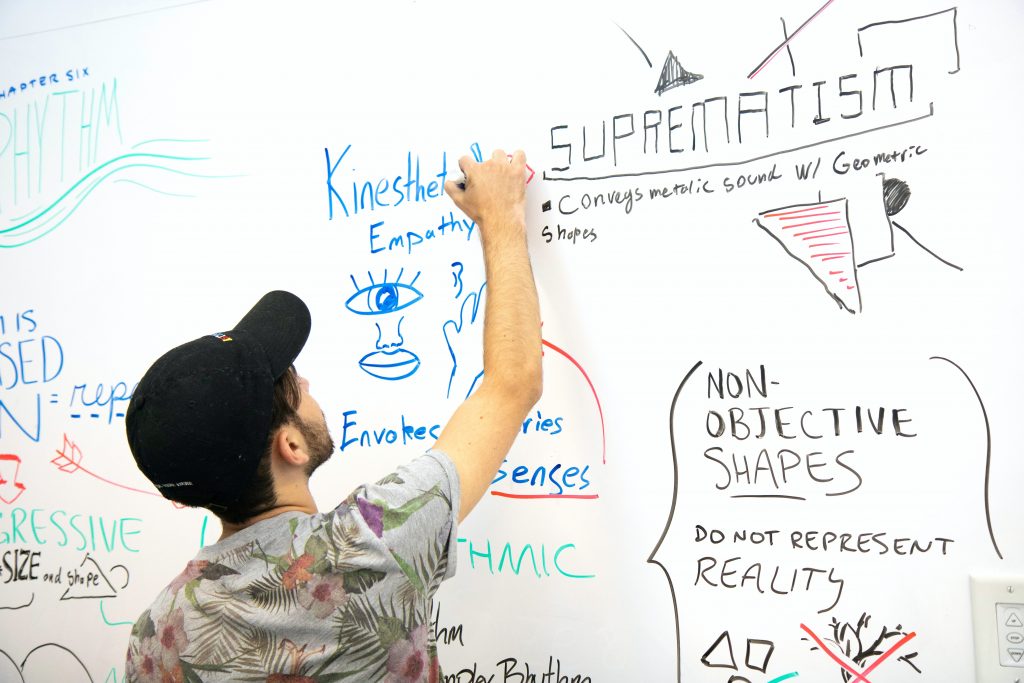
We’ve established that “to-be” verbs are written according to tense and subject. This grammatical rule is called subject-verb agreement. In English, this rule states that the verb or verbs in a sentence must match the number, person, and gender of the subject.
In simple terms:
- A singular subject takes a singular verb
- A plural subject takes a plural verb
Below is a table of subject+verb agreements for “to-be” verbs:
| Subject-verb agreement | ||||
|---|---|---|---|---|
| Pronoun | Positive | Positive contraction | Negative | Negative contraction |
| I | I am | I’m | I am not | I’m not |
| You | You are | You’re | You are not | You’re not |
| He | He is | He’s | He is not | He’s not |
| She | She is | She’s | She is not | She’s not |
| It | It is | It’s | It is not | It’s not |
| We | We are | We’re | We are not | We’re not |
| They | They are | They’re | They are not | They’re not |
We’ve added contractions which is a unique type of word that combines two or more other words in a shortened form, usually with an apostrophe. For example “that ain’t going to happen today” instead of “that is not going to happen today.” These types of contractions shouldn’t be used in professional settings and are best kept for conversational English.
“To-be” verbs in positive/negative present tense sentences
- Positive: He is a professor.
- Negative: I am not hungry.
“To-be” verbs in affirmative/negative past tense sentences
- She was at the movies.
- They were not excited.
Questions using “to-be“
- Were they late?
- Was she at school?

Other advanced ways
Below is a table of advanced forms of to-be verbs. Following we will be looking at them in more detail.
| form/tense | “To be” verb | Reason to use |
|---|---|---|
| Infinitive | To be | Turning a “to be” verb into a noun for imaginary or unreal situations |
| Gerund | Being | Turning a “to be” verb into a noun for fixed or real situations |
| Present | Am, is, are | Things that happen from time to time or habits |
| Past | Was, were | Describing the subject at a time before now |
| Present progressive | Being | Happening now |
| Future | Be | Describing the subject at a later time |
| Past participle | Been | To describe experiences when the time is not important |
| Present subjunctive | Be | Giving suggestions |
| Past subjunctive | Were | Imaginary or hypothetical situations |
| Imperative | Be | Giving commands |
Present perfect form
- When the exact time is not important when describing experiences or events that have happened in the past, this is referred to as the present perfect form.
- Structure = subj+has/have+been+complement
- Structure for questions = Has/have+subject+been+complement
Examples:
- It has been difficult.
- We have been here all day.
- They have been well-behaved.
- Have you been worried?
- Have they been angry?
- Have I been rude?
Present progressive form
- For describing continuous or ongoing actions happening right now you would use the present progressive form. This differs from the simple present form which describes habits or things that happen now and again.
- Structure = Subj+be verb+verb+ing
Examples:
- I am cycling.
- She is reading a great book.
- They are going to the pool on Sunday.
Question tags
- To turn a statement into a question You can add a question tag to the end of the said statement to turn it into a question.
- Structure= statement+to be verb+pronoun
If the verb in the statement is positive, then the one in the question tag must be negative. If the verb statement is negative, the one in the question tag must be positive.
Examples
- I wasn’t boring, was I? (negative statement with positive question tag)
- It was bad, wasn’t it? (positive statement with negative question tag)
- It wasn’t too sad, was it? (negative question tag with positive question tag)
- They weren’t happy, were they? (negative statement with positive question tag)
To be verbs used as “linking”
- Unlike other verbs, linking verbs do not show an action rather they simply explain the state of the subject, such as what it is or how it looks. While verbs like walk or jump represent an action, linking verbs like be vs been vs being, adds more details to the subject. Sometimes a compliment, which is a word or phrase that follows a linking verb and identifies or describes the subject, is dropped when asking a question.
- Structure = Subj+to be verb+complementStructure
- When adding adverbs= subject+to be verb+adverb+complement
- Or, adverb,subject+to be verb+complement
Examples
- I am thirteen years old.
- They are at the bank.
- Q: Are you the doctor? – A: I am.
- Q: Is she the teacher? – A: She is.
- I am always on time.
- It is never exciting.
To be verbs for discussing possibilities or giving suggestions
General structure; subject+modal verb(could, should, would, might, etc.)+be+complement should be used when describing possibilities however it differs when used to give suggestions.
“Be” stays in this base form directly after a modal verb.
A modal is a type of helping verb that is used to express: ability, possibility, permission or obligation.
- When giving suggestions, we have 2 forms;
- subject+modal verb(suggest)+object+be+complement
- subject+modal verb(advise)+object+to be+complement
Examples:
- I suggest you be nice to your sister.
- I advise you to be interactive.
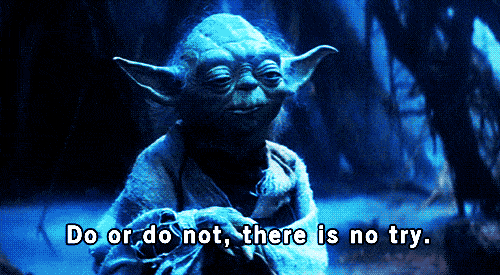
Imperatives: to be verbs when giving commands
- In these sentences, the subject is implied so it doesn’t have to be written while “to be” verbs stay in the base form of be and typically stay at the beginning of the sentence; this is only used When giving imperatives or commands.
- Structure = to be verb+complement or do not+to be verb+complement
Examples
- Be a good child.
- Be nice to your father.
- Don’t be mean to me.
- Don’t be snappy with him.
Infinitives
- An infinitive is a form of a verb that can be used as a noun, adjective, or adverb. They are used to describe the abstract, so they most often are used with a modal verb of desire. Infinitives are to plus a verb in order to make a noun. you’ll see them in the subject or object of a sentence. When making these negative, you’ll put do not or does not before the modal verb.
- Structure Subject + verb + to-infinitive
Examples:
- Edward loves to run marathons.
- Jack waited to eat the cupcake.
- Jane used the binoculars to see her favorite band.
- I don’t want to be difficult.
- He does not like to be mean.
- She doesn’t want to be a musician.
Passive voice
- The “to be” verb, both in its present and past forms, can be used to make passive sentences. the person or thing which is performing the action is either in the object of the sentence or even omitted when using the passive voice the noun performing the action is normally found following a preposition such as “by” When written.
- Structure = subject+to be verb+verb or subject+to be verb+by+object
Examples with different tenses
Present tense;
- The house is powered by electricity.
Present progressive tense;
- The job is being done.
Past tense;
- The canvas was painted by the artist.
Future tense;
- The story will be written by the writer.
Present perfect tense;
- The sandwich had been made.
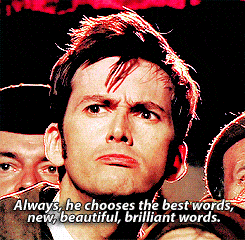
What is wrong with “to be” verbs and why they might need to be removed for a better writing
How to eliminate them
If you are partaking in online writing courses and are attempting to eliminate unnecessary “to-be” verbs there are methods you can implement to avoid your writing feeling static, dull, and wordy. Below are 5 steps that will send you on your way.

Identify
In order to identify “to-be” verbs you need to be able to memorise them. If you need a refresher these verbs are: is, am, are, was, were, be, being, been. During the revision stage of your writing, self-edit by circling all the “to be” verbs you come across. Once you have done that you are then able to deem which “to-be” verbs are necessary or not by problem solving.
Substitute
If you are lucky, sometimes the perfect replacement for “to-be” verbs will pop right into your brain. If that is not the case don’t fret there are ways around that. Firstly , you can find strong linking verbs to replace those “to-be” verbs. For example, instead of “He was angry,” substitute the “to-be” verb with the linking verb remained as in “The situation angered him.” If you are still perplexed as to which word to use as a replacement then try and search for synonyms of words that can convey the meaning you are trying to attain.
Convert
As we’ve established this section is about problem solving. In order to problem solve you need all the knowledge and tools in your arsenal to achieve that. If substitution is not working in your favour then potentially converting your sentence would allow you to see your options in a new light. By converting we mean that starting your sentence differently may help you to see an easier way to eliminate a “to-be” verb. For example, instead of “Charles Schulz was the creator of the Peanuts cartoon strip,” convert the common noun creator to the verb created as in “Charles Schulz created the Peanuts cartoon strip.”
Change
You are able to rearrange the order of the sentence to eliminate any “to-be” verbs by changing the subject of the sentence to another noun or pronoun. For example, instead of “There were some excellent results to this experiment in social work.” convert the common noun “results” to the verb “resulted” as in “This experiment in social work resulted in excellent discoveries.”
Another way to achieve this is by changing passive voice into active voice. In English it is generally useful to use the active voice whenever possible. sentences written in the passive voice tend to use more words, can be vague, and lead to a tangle of prepositional phrases. If you are unfamiliar with what these two voices are, sentences written in the active voice, the subject of the sentence performs the action. In a sentence written in the passive voice, the subject receives the action.
Passive voice into active voice
- P: The man was bitten by the dog.
- A: The dog bit the man.
Another word to a verb
- She was writing a book
- She authored a book
The adjective to the verb
- He was angry.
- The situation angered him.
Be verb to a stronger verb
- The skyscraper was awesome.
- The skyscraper looked awesome.
The main verb from an “-ing” to a regular
- He was asking for feedback
- He asked for feedback
Combine
You can combine sentences to eliminate the “to-be” verb. Look at the sentences before and after the one with the “to-be” verb, If your text can afford a few longer sentences, then see if you can combine some to eliminate “to-be”. For example, “The inefficient time manager is unfulfilled. He heads to bed, disappointed, despite having finished his to-do list,” can be combined into “The inefficient time manager heads to bed, unfulfilled, having checked everything off on his to-do list.”
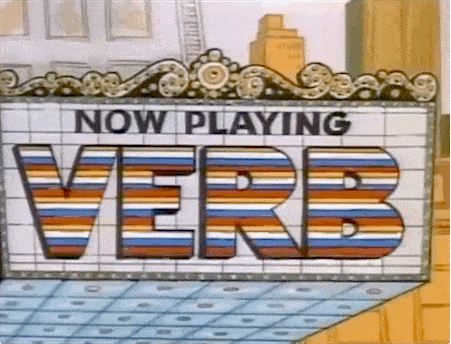
So is it to be or not to be?
It’s both! We’ve figured out the elusive, irregular “to-be” verbs, and we’ve done a good job of it. To recap, it’s not always the best idea to include “to-be” verbs in your writing but that does not mean that they should be completely avoided. Eliminating unnecessary amounts of these verbs will make your writing sound dull and stagnant but they are also unavoidable in situations and should be greeted with open arms where applicable, in fact this article has about 288 “to-be” verbs in it.
We’ve answered questions like “is are a verb?” which is yes, including is, am, was, were, be, being, and been. We’ve discovered how and when to use them and tackled hard grammar rules for the English language.
Some points to touch on is that active voice is generally more suited in writing compared to passive voice. linking verbs like be, been, or being adds more details to the subject rather than showing an action. Subject verb agreement dictates that the verb or verbs in a sentence must match the number, person, and gender of the subject. In simple terms: A singular subject takes a singular verb and a plural subject takes a plural verb and of course tenses are extremely important to take note of as they will determine the kind of “to-be” verb that you will use.
You’ve knocked it out of the park! You’re one step closer to acing any advanced english classes you may take. If you’d like to progress your English language skills even faster, then finding a professional tutor will take the process from 0 to 100 in no time.
If you’re looking for a personalised professional tutor, over 2 million students have found success with AmazingTalker. You could be one of them.
